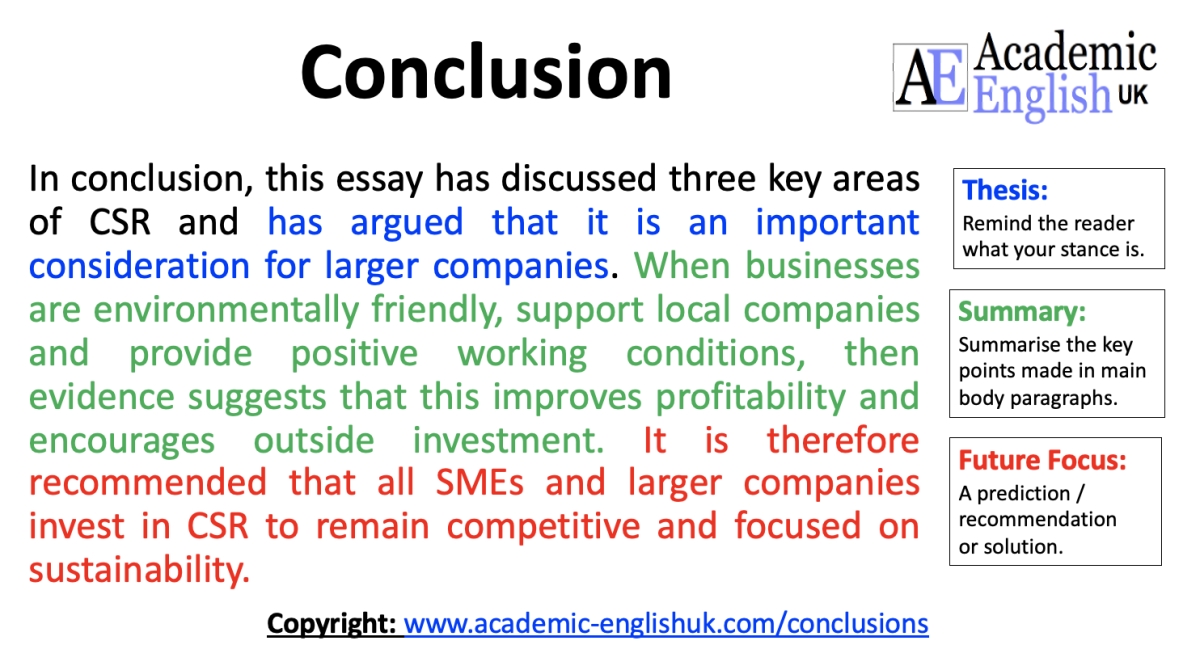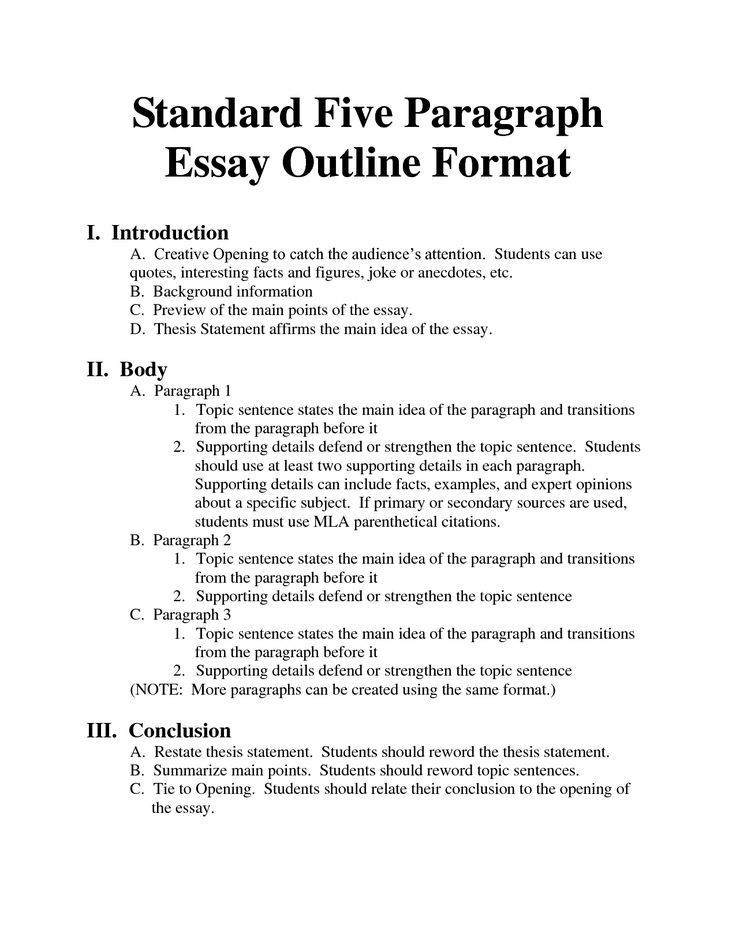One of the most common questions students have when asked to write an essay is, “How do I organize an essay?” To make this task easier, there are several steps you can take. These include: Identifying your topic, creating a thesis statement, developing a paragraph structure, and writing a concluding paragraph. Following these steps will help you compose a well-written essay. After you have outlined your topic, you should create an outline that clearly states your main ideas.
Create a thesis statement
When writing a strong essay, a thesis statement is an essential part of the paper. It should provide basic evidence and background context for the entire paper. It should also fit within various subtopics and mention different sections. For example, if you want to argue that all pop music is terrible, your thesis statement should be something like “Pop music suffers from repetitive chord progressions and unimaginative lyrics.”
An example of a thesis statement is “We must reject immigration” or “We must welcome immigrants.” These statements often repeat the title of a paper and fail to enlighten the reader. In order to develop a strong essay thesis, brainstorming ideas for topics is essential. Identify a narrow topic. Write a question or make the topic into a topic that you feel strongly about. Then, use your thesis statement to outline your main argument and structure your argument.
The thesis statement must be a clear, logical, and persuasive statement that states your main argument. Be sure to include an opposing viewpoint, also known as a counterargument. The thesis statement should be the most important sentence of your paper. If you have trouble writing a thesis statement, it might be too broad. It should be focused and accurately predict what you’ll talk about in the rest of the paper. The thesis should also be changed as you write the essay, if necessary. It should never promise more than you can deliver.
Develop a paragraph structure
There are a few steps to developing a paragraph structure in an essay. Paragraphs should have a clear focus and relationship to the overall thesis. They should be coherent, and follow a definite plan of development. Each paragraph should contain well-developed ideas, details, and evidence that support the central claim. It is important to provide a transition between paragraphs, so that your reader can understand where each one stands.
Also Read: Words to Start a Paragraph in an Essay
First, brainstorm your ideas and decide what sort of structure you want your paragraphs to have. You can do this in many ways, and it is essential for developing a strong essay. Paragraphs need to be well-planned, as a paper without a good foundation will collapse on itself. Each paragraph should include at least three sentences, with the main idea being the focus of each one. The topic sentence usually represents the idea being discussed in that paragraph.
The topic sentence, also known as the lead sentence, should lay out the main idea of a paragraph. The topic sentence should not reveal too much on its own, but should state what the paragraph will discuss. Then, development sentences should further elaborate on the topic sentence. Support sentences should provide evidence, opinions, and statements to back up the main idea. Once the main idea is outlined, the rest of the paragraph can be built around it.
Develop a conclusion
After you have crafted a compelling and strong essay, the last step in the process is to develop a conclusion. This final paragraph is where you can bring your reader to reality and reinforce your thesis by repeating key points from your essay. In other words, develop a conclusion that transfers your reader from the subject of your essay to their real lives. Here are some tips to develop an excellent conclusion:
Your conclusion should not be a mere recap of your argument. It should give your reader further context or encourage them to take action. For example, if you were writing about obesity, you might summarize the causes of the epidemic and suggest a way forward. But make sure to go beyond simply restating your thesis. In other words, your conclusion should inspire the reader to think about the issues raised in your essay.
Lastly, the conclusion is a good place to tie up loose ends. It’s also a good place to make a call to action or ask a rhetorical question. It can also suggest implications for the topic you have covered. Remember to consult your professor or tutor before writing your conclusion. Setting the discussion into a wider context will help readers reassess your point of view. But make sure that the conclusion does not end in regret.




